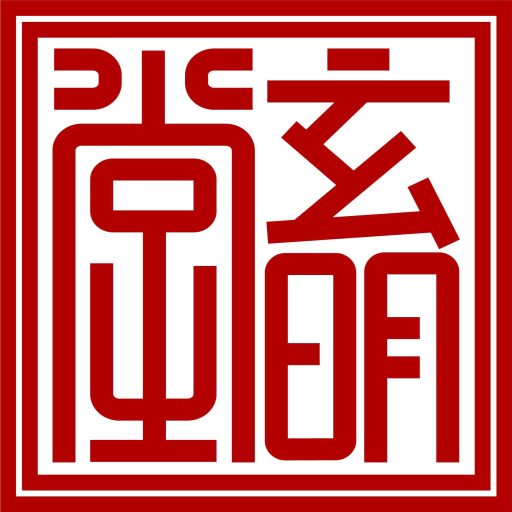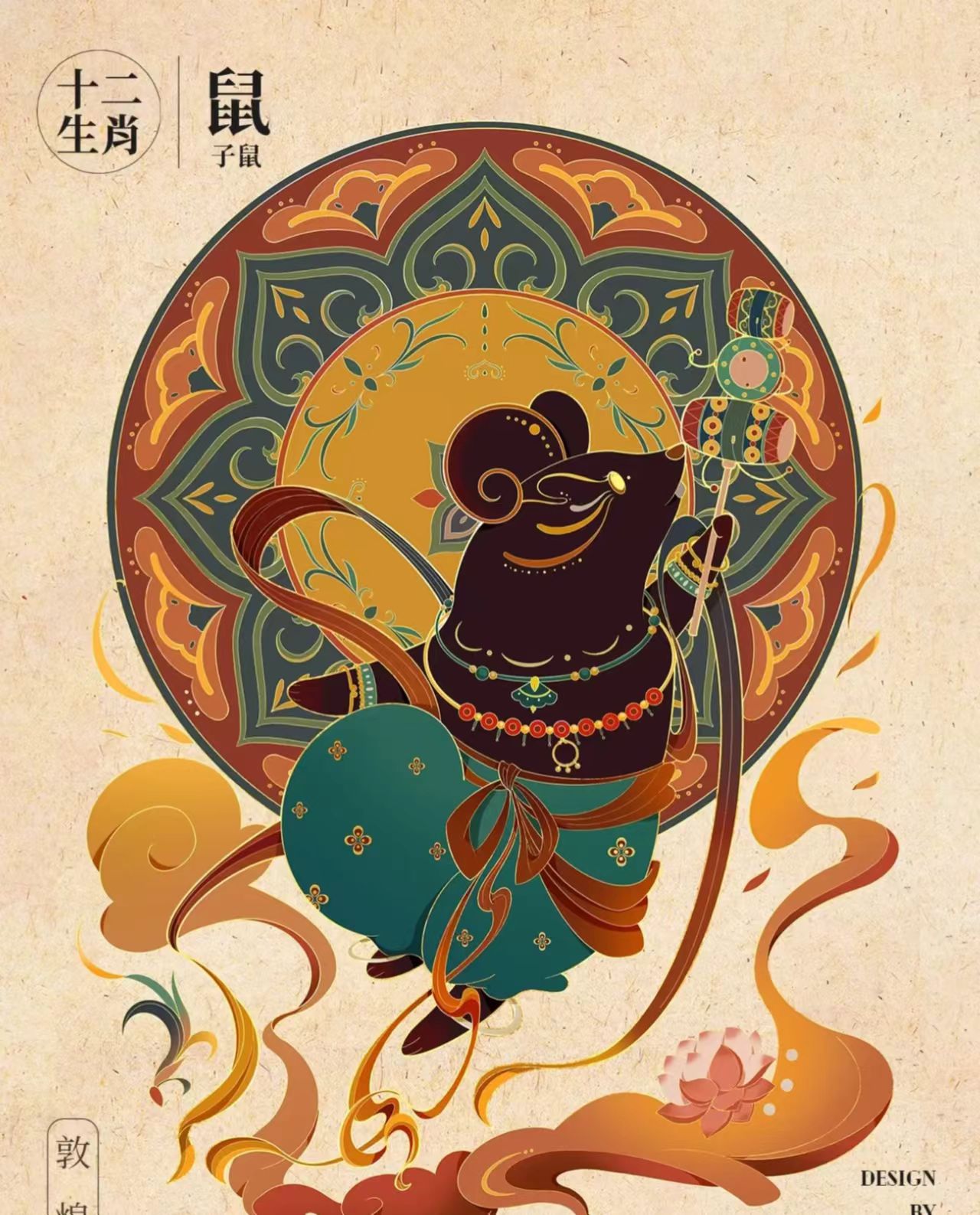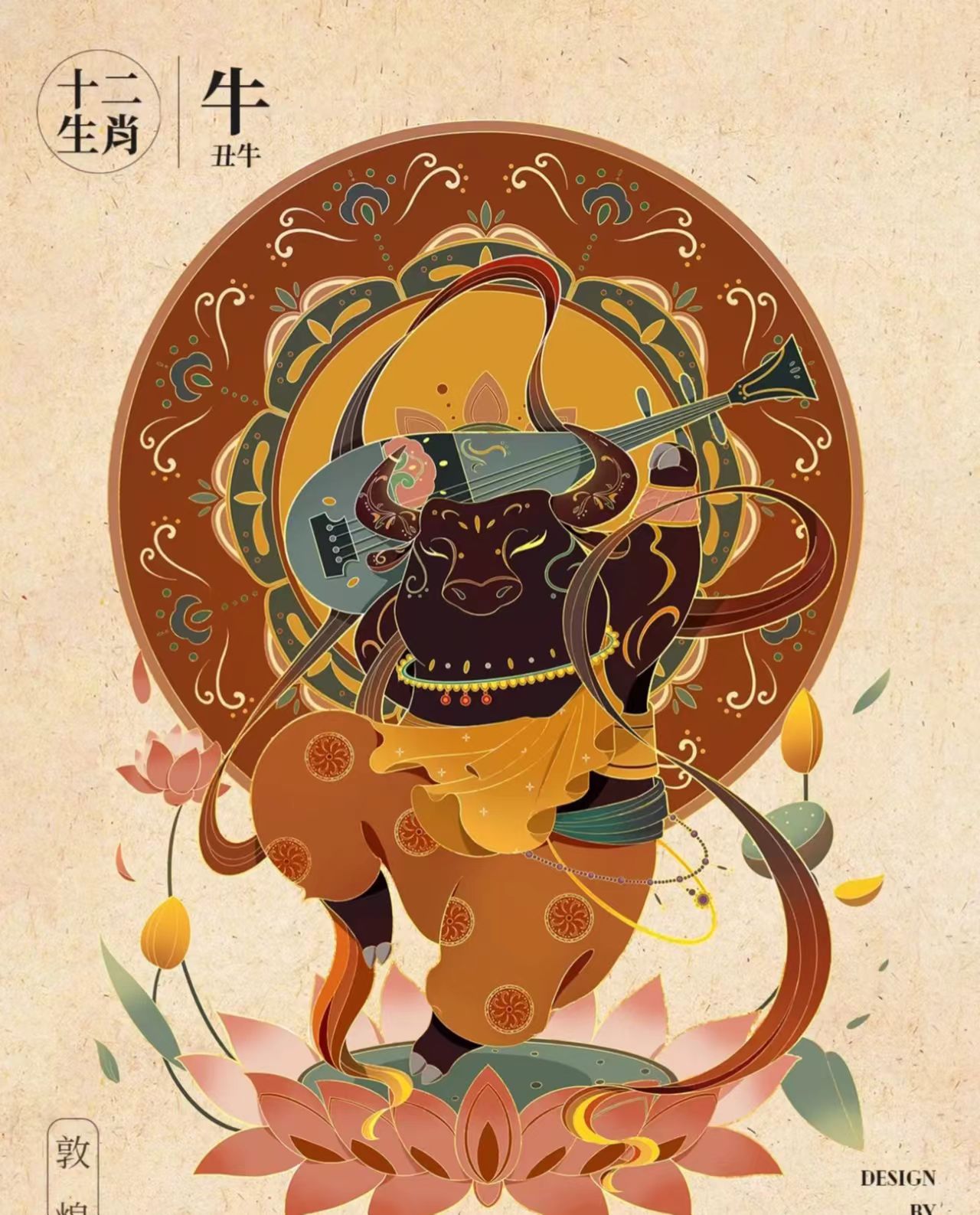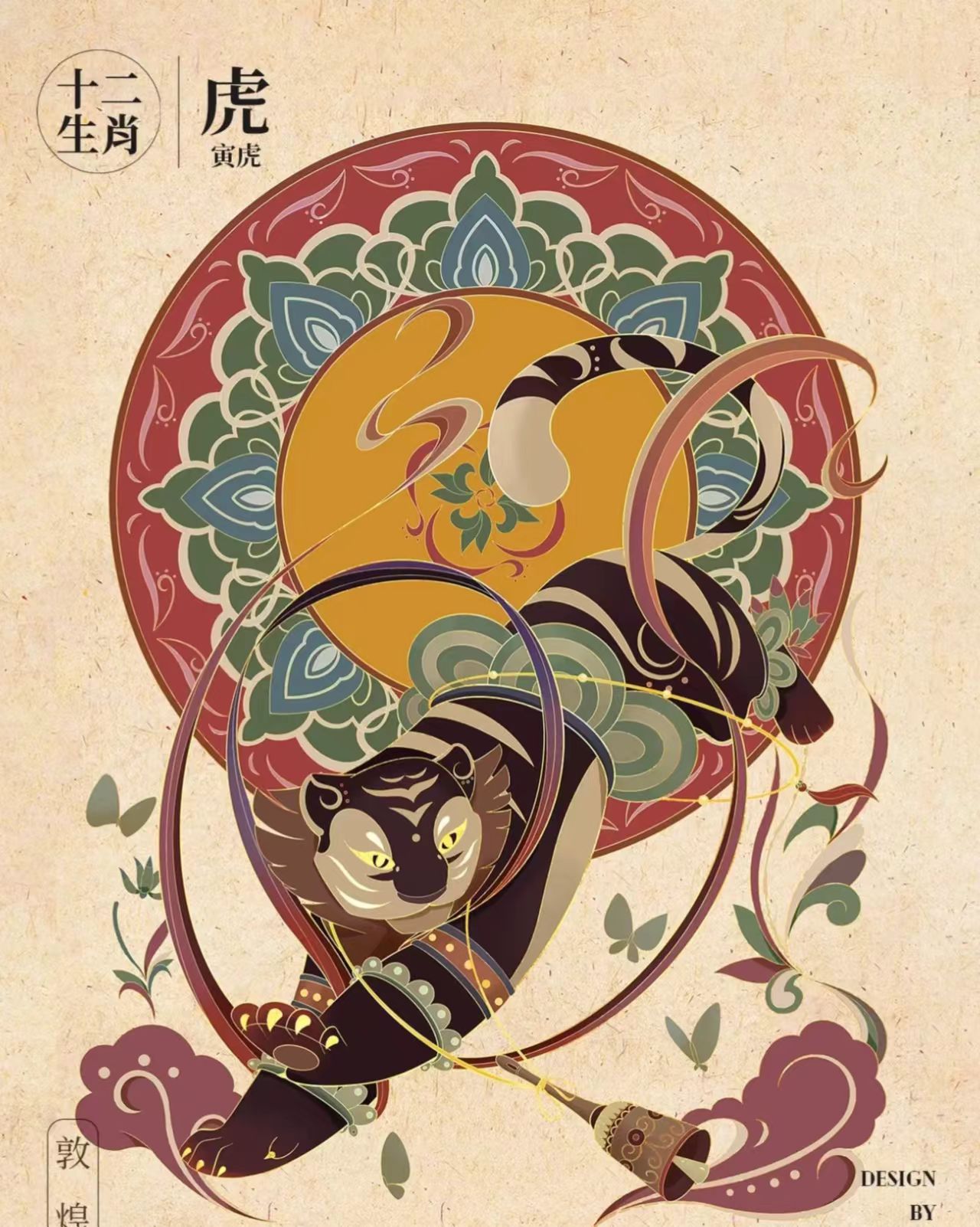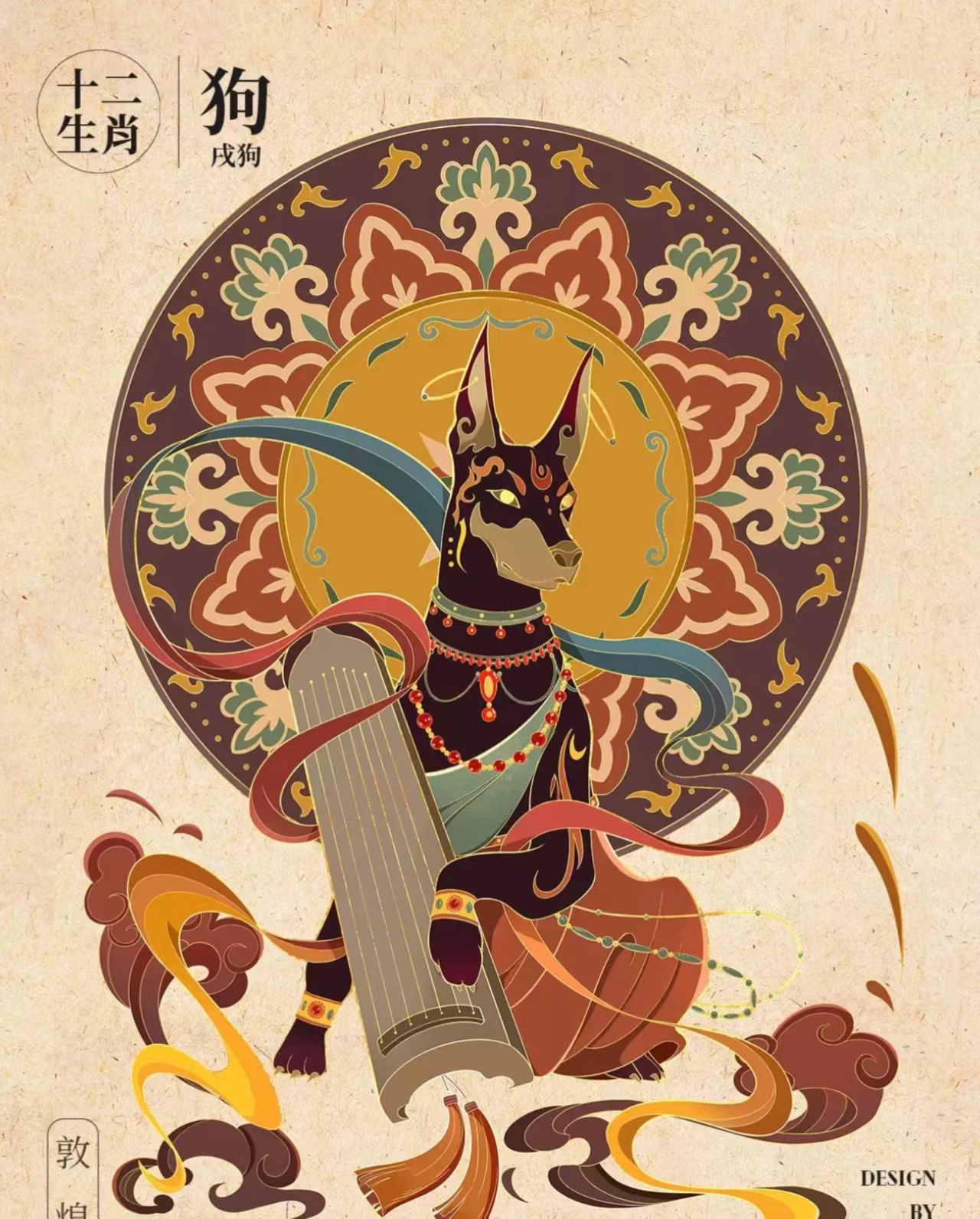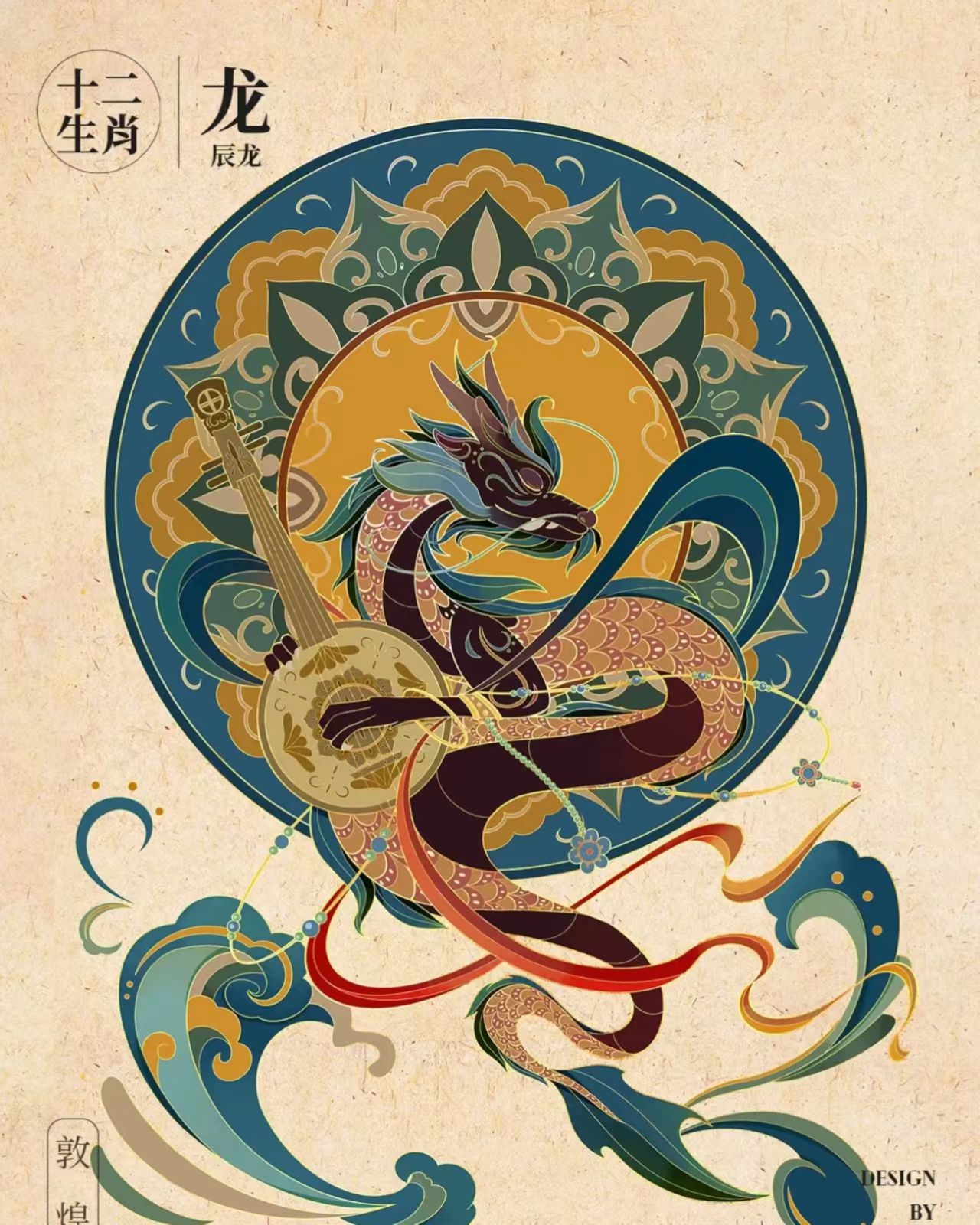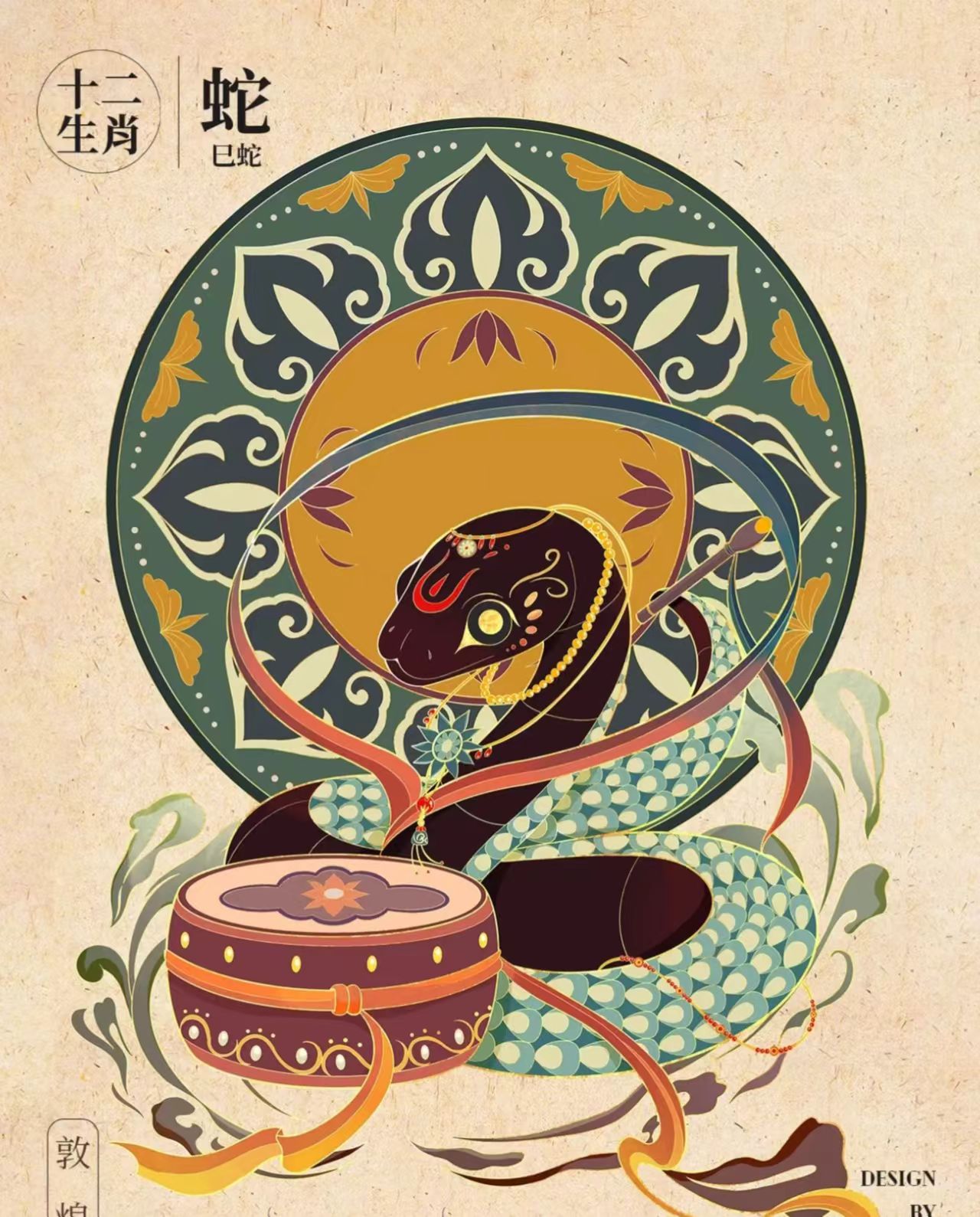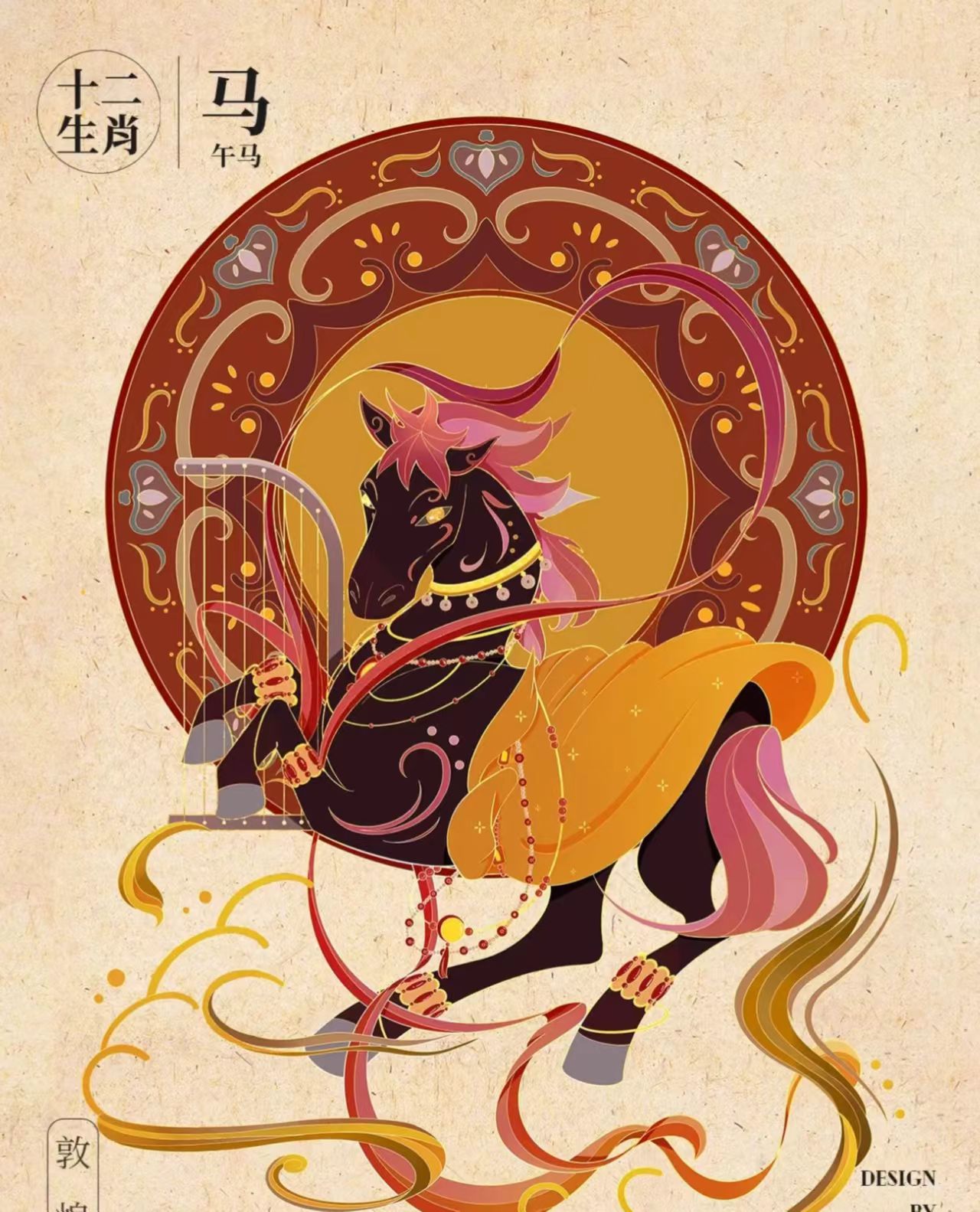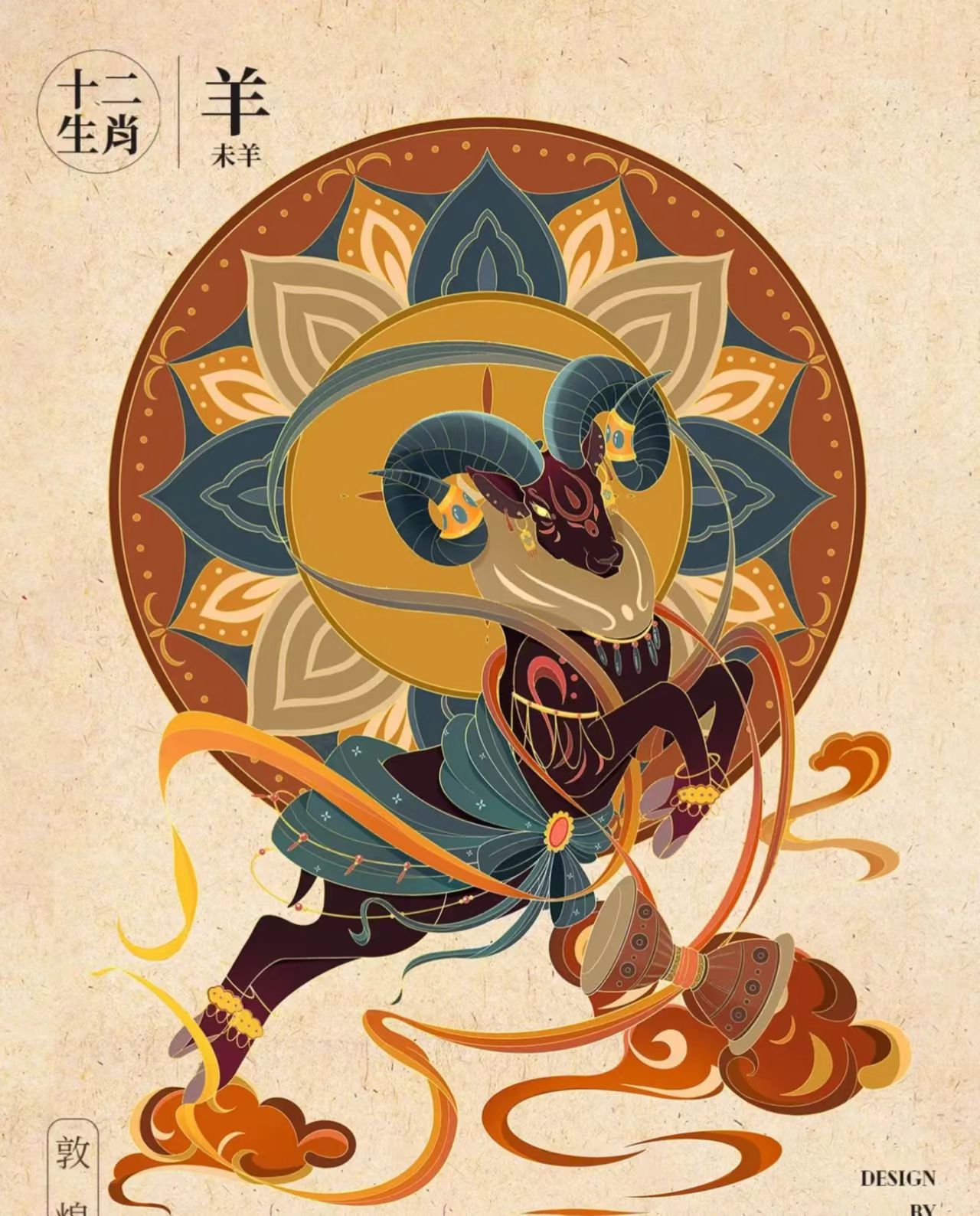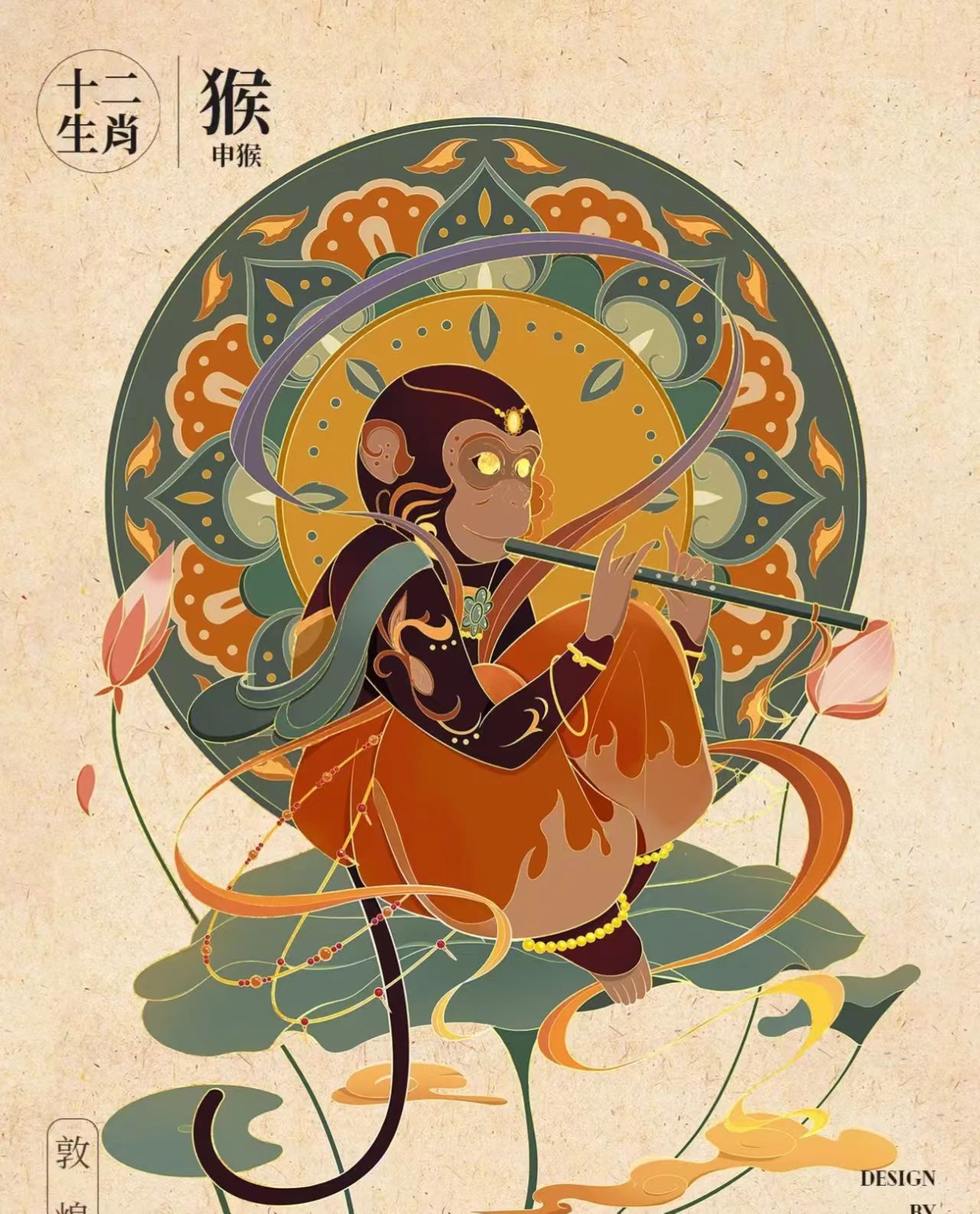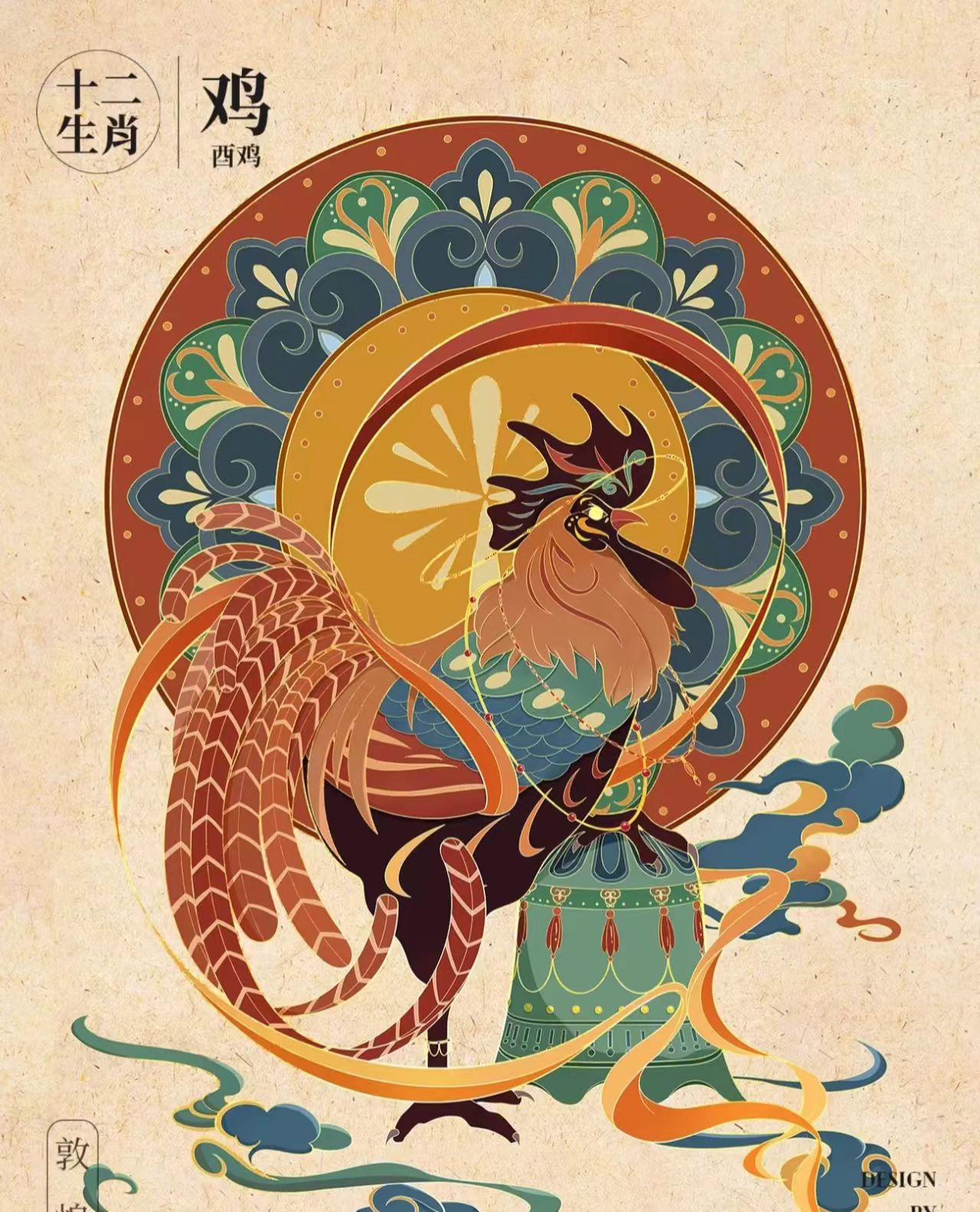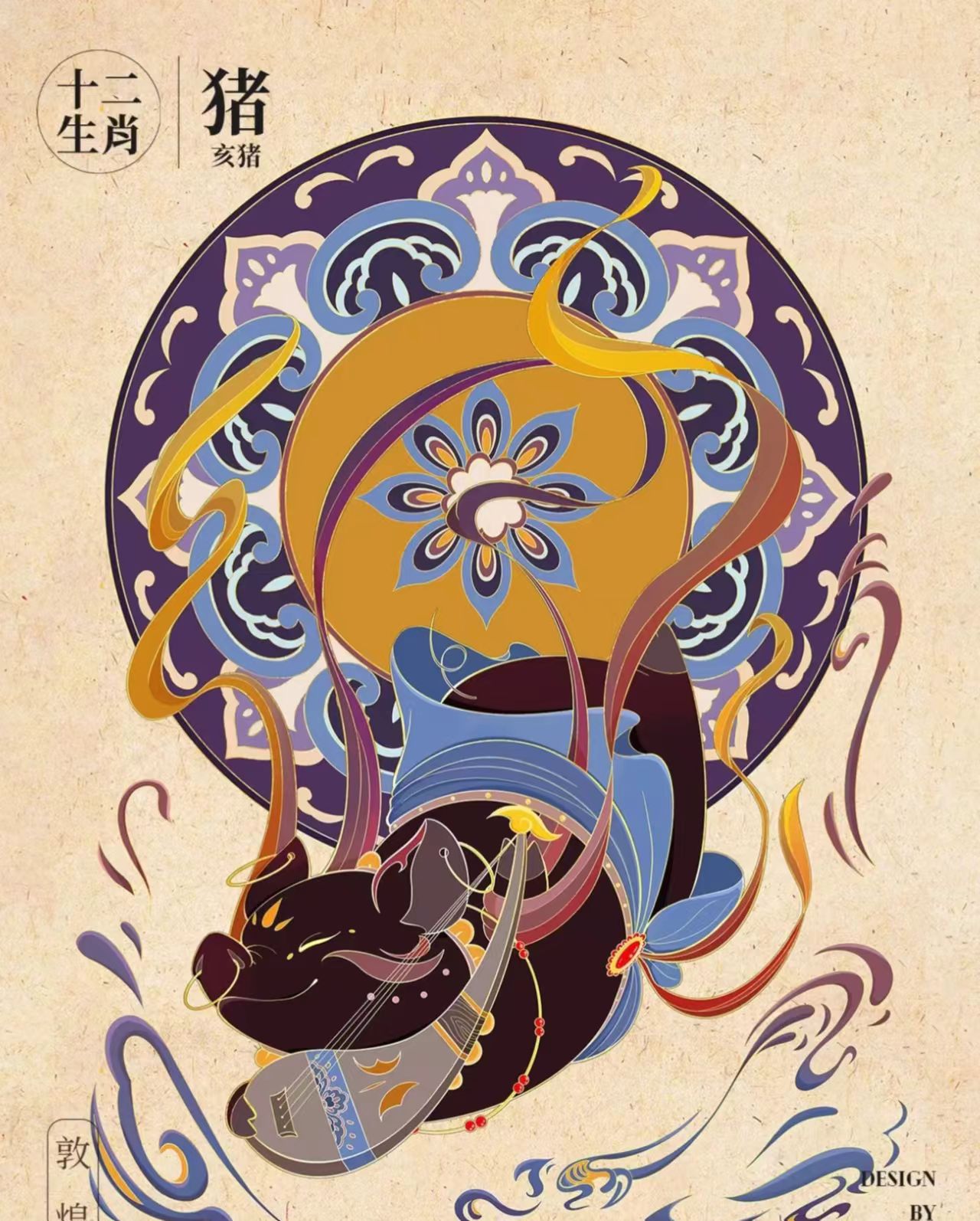Use Eastern culture and esoteric culture to rediscover the world and become a unique you!
Find out how our company was founded and grown – watch video.
- Yin and yang complement each other to give rise to all things, and the way of balance runs throughout.
- The five elements give rise to and overcome each other, with cycles determining rise and fall.
- Gossip infuses hidden mysteries, revealing the ever-changing nature of time and space.
- Feng Shui's aura affects people, so there are considerations for seeking good fortune and avoiding misfortune.
- Fate is predetermined by nature, and going with the flow brings blessings.
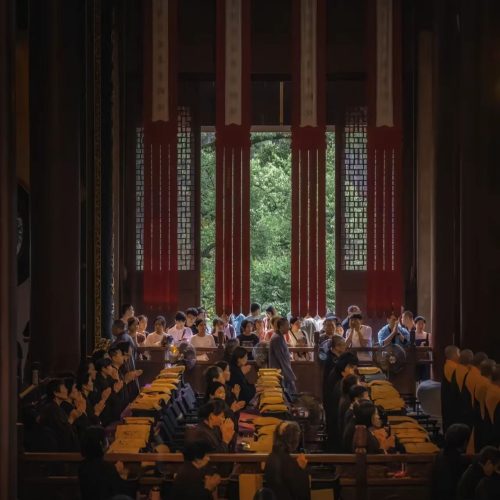


Come explore the story of Xuanmingtang with us!
1
Initial establishment of the Xuanmingtang
In the midst of winter’s sudden snowfall, Daoist Xuan Qing, a guest in Qingyi, found an old view in the mountain valley, dust and mud obscured the monument, leaving only the character “Xuan” faintly visible. He swept away the dust to open the altar, hearing the gentle words of the pine waves at night, and named it “Xuanming Hall.” He then brought authentic esoteric treasures rich in cultural heritage to everyone, allowing more people to experience the charm of Eastern culture.
2
Roaming everywhere, searching for premium products
During the early days of the “Xuanming Hall,” soldiers were recruited everywhere, traveling throughout the country’s ancient streets, alleys, and folk workshops. Find experienced craftsmen in Yunnan who can make feng shui compasses and take over the century-old craftsmanship from them; find artisans in Yunnan who are well-versed in Dongba culture and incorporate ancient and mysterious Dongba runes into their jewelry. Every product carries a rich legacy of Eastern esoteric culture.
3
Carefully prepared, officially unveiled
After months of preparation, Xuanming Hall officially went live. The shop’s decor exudes an ancient charm, with blue tiles, white walls, and wooden shelves creating a mysterious and elegant atmosphere. Each product comes with a detailed cultural introduction, and online consultation services are provided to help customers gain a deeper understanding of the esoteric内涵。 behind the products, attracting numerous esoteric enthusiasts from the very beginning.
4
Word-of-mouth promotion, renowned far and wide
Some customers purchased feng shui decorations from Xuanming Hall, significantly improving their child’s academic performance; others bought marriage talismans, and soon met the person they desired. These stories spread online, and Xuanming Hall’s reputation grew increasingly good. By now, Xuanming Hall has become a century-old establishment, gradually serving as a window for the dissemination of Eastern esoteric culture.
Do you want to explore your zodiac sign?
Join us as we step into the story of the twelve zodiac signs!
Do you want to explore the Five Elements?
It includes five elements: wood, fire, earth, gold, and water, originating from ancient philosophy and elucidating the interconnectedness and transformation of all things through mutual generation and oppression, encompassing aspects such as nature and the human body.
Five Elements Gold
The “gold” in the Five Elements carries rich connotations and symbolic meanings, and the following is a detailed description of it:
– Basic characteristics: The Book of Documents, Hong Fan, mentions that “gold undergoes transformation,” indicating that gold possesses transformative properties, and metals typically need to be smelted and forged to change their form. At the same time, gold symbolizes qualities such as convergence, settling, and solemnity, which aligns with the scene of all things converging and life approaching its end in autumn.
– Five Elements Relationship: In the five elements, gold-producing water, where metals melt and become liquids upon heating, can also be used to cut down trees, just like water; gold-plated wood, made from metal tools, can be used to cut down trees.
– Corresponding objects: In terms of orientation, gold corresponds to the west; in terms of seasons, it corresponds to autumn; and in color, it represents white and gold. In terms of the human body, gold primarily corresponds to the lungs and large intestine, where the lungs mainly breathe and the large intestine is responsible for excretion. The functions of these two organs align with the accumulation and deposition characteristics of gold.
– Symbolic meaning: Gold, due to its hard nature, is often regarded as a symbol of durability and stability. At the same time, gold also symbolizes nobility, honor, and wealth, with ancient gold jewelry and utensils often owned by nobles. Moreover, gold also carries symbolic meanings of cleaning and purification, with metal weapons or tools usable for cleaning and production.
– Personality traits: People born under the Five Elements sign of gold are typically resilient and decisive, generous and independent, and hard to compromise. However, excessive gentleness may lead to recklessness and lack of strategy, while delayed gentleness may result in thinness, weakness, and a sharp nature.
Five Elements wood
The Five Elements theory, one of the core theories in ancient Chinese philosophy, elucidates the movements, changes, and interrelationships of all things in the universe through the properties of wood, fire, earth, gold, and water, as well as their interdependent laws. Among these, wood elements possess unique and rich connotations.
– Characteristics and Symbols: The Book of Documents, Hong Fan, mentions “wood is curved and straight,” vividly depicting the growth state of trees where their branches can be bent and extended. Extending from this intuitive characteristic, wood represents everything and phenomenon that possesses growth, hair growth, stranding, and smoothing properties or functions. In spring, sprouting seedlings strive to grow towards the sky, showcasing vibrant vitality, which is a manifestation of wood’s growth characteristics; the branches of the trees stretch out naturally in all directions, embodying a sense of smoothness. So, wood symbolizes vitality and vigor, marking the beginning and growth of new life, representing boundless hope.
– In the cycle of five elements generating karma, water is the source of life. A tree thrives without water nourishment and irrigation; adequate moisture enhances its growth power. When wood burns, it produces fire, meaning that wood provides the foundation and energy for fire. In a mutually exclusive relationship, kinkwood, made of metal, can cut down trees to constrain their growth; whereas kinktow, with its roots deeply rooted in the soil, prevents soil erosion, indicating that wood growth can affect soil stability, which is both interdependent and constrained.
– Corresponding to this: In terms of orientation, wood corresponds to the east, where the sun rises each day, bringing light and warmth like wood, infusing the world with vitality; in seasons, wood represents the vibrant colors of nature’s grasses and branches. In the human body, wood corresponds to the liver and gallbladder, which primarily regulate qi flow, promote spleen and stomach transport, and regulate mood. Just as trees need to maintain a smooth state, if liver qi is impaired, people may experience chest pain and depression. At the same time, the liver’s main tendons and liver qi and blood are abundant, allowing the tendons to be flexible and strong, and joint movements to be more agile.
– Character and astrological symbolism: People born under the Five Elements sign of wood are typically filled with compassion, kindness, and empathy, and are willing to proactively help others. They possess strong creativity and pioneering spirit, daring to explore the unknown and try new things. And it is highly adaptable, able to grow tenaciously like a tree in the face of difficulties and challenges, despite weathering storms. In astrology, when a person’s命中。平衡或is balanced or vigorous, their career development often goes smoothly and interpersonal relationships are good; however, if the木行is weak or severely constrained, they may face more obstacles in both their career and life, and may also experience discomfort in organs such as the liver and bile.
Five Elements Water
In the Five Elements theory, “water” is an important component with rich connotations and distinct characteristics, as described below:
– Basic characteristics: “Water says ‘nourishing down’ in the Book of Documents·Hong Fan” summarizes the core traits of water, including its moisturizing, downward-facing, cool, and secluded properties. Water nourishes all things, just as rainwater nourishes the soil to promote plant growth; meanwhile, water flows downward due to gravity and is often associated with cold and storage in nature, similar to how all things hibernate in winter.
– Five Elements generation and karma relationship: In terms of mutual growth, gold-bearing water (where metals condense into water when cooled or can be extracted from minerals); aquatic wood (water is a necessary condition for grass and tree growth, promoting wood development). In terms of conflict, water can extinguish fires and contain their spread; earth can build levees to prevent flooding.
– Corresponding elements: In terms of orientation, it corresponds to the northern climate, which is relatively cold and aligns with the coolness of water; in seasons, it corresponds to winter, when all things are hidden and consistent with water’s collective qualities; in colors, it represents black and blue. In the human body, water corresponds to the kidneys and bladder, with the kidneys storing sperm and main water, and the bladder responsible for storing and urinating, all of which are related to the hydration and storage functions of water.
– Symbolic meaning: Water symbolizes wisdom and flexibility, adapting to various container shapes and going with the flow; it also represents inclusiveness and the ability to gather a hundred rivers; at the same time, the continuous flow of water signifies unending vitality.
– Personality Association: People born under the Water sign are typically smart, quick-witted, adaptable, and gentle in nature. However, excessive water can appear fickle and lacking in independence, while those born too weak may lack flexibility and stubbornness.
Five Elements Fire
In the Five Elements theory, “fire” is a highly dynamic element with the following connotations and characteristics:
– Basic characteristics: In the Book of Documents, “火。曰”” summarizes the core of fire, indicating that fire possesses characteristics of heat, upward movement, brightness, and ascension. Fire releases heat and brings light, and flames always burn upwards, demonstrating a proactive and outward-spreading nature.
– Five Elements generative relationship: In terms of mutual generation, wood generates fire (wood can burn to produce fire, wood provides energy for fire); fire generates soil (the ashes from fire can be transformed into soil, symbolizing the conversion of fire energy into the foundation of soil). In terms of contradiction, fire can melt metals at high temperatures and constrain their solid properties; water can extinguish flames and limit the spread of fire.
– Corresponding things: In terms of orientation, it corresponds to the south, where the climate is hot and matches the heat characteristics of fire; in seasons, summer, when yang energy is at its peak and all things flourish, consistent with fire’s abundant energy; in colors, it represents red and purple. In the human body, fire corresponds to the heart and small intestine, which governs the bloodstream and consciousness like a flame, providing life with power and light. The small intestine is responsible for distinguishing between the “heat and dryness” characteristics of fire.
– Symbolic meaning: Fire represents passion, vitality, light, and energy, warmth, hope, and creativity, as well as transformation and change (such as altering material forms through combustion).
– Personality traits: People born under the Five Elements sign of fire are typically warm, outgoing, proactive, and highly infectious. However, excessive fire can lead to irritability and emotional loss, while weak fire may result in introversion, lack of enthusiasm, and motivation.
Five Elements Soil
In the Five Elements theory, “earth” is the core element for carrying and transforming, rich in connotations, as described below:
– Basic Characteristics: “土。稼”” in the Book of Documents·洪范 refers to the cultivation and harvesting of crops, reflecting the characteristics of excavation that carry, nurture, biochemistry, and storage. Soil is the foundation for the growth of all things, capable of embracing and nurturing various forms of life, as well as accommodating the end of all things (such as falling leaves returning to their roots).
– Five Elements generation and karma relationship: In terms of mutual generation, fire-born soil (where ashes from fire turn into soil, and fire energy is converted into the material foundation of soil); native gold (metal is often contained within soil and stone, providing an environment for gold formation). In terms of contradiction, soil can be used to build levees and prevent flooding; woodland (with tree roots penetrating the soil and affecting its cohesion).
– Corresponding to this: In terms of orientation, it corresponds to the central position, symbolizing its ability to carry all directions; in seasons, it corresponds to Changxia (the humid late summer), when everything grows lush and fruits align with the earth’s biochemical functions; in colors, yellow and brown. In the human body, soil corresponds to the spleen and stomach, with the spleen overseeing transformation and absorption. Both are responsible for digestion, absorption, and nutrient transformation, much like soil nurtures all things and serves as the source of qi and blood formation.
– Symbolic meaning: Earth represents stability, inclusiveness, integrity, and solidity, symbolizing foundations and solidity (as if the earth bears all things), as well as balance and harmony (as it resides at the center and connects the other four lines).
– Personality traits: People of the Five Elements who are earthly tend to be gentle and honest, honest and forgiving towards others, and diligent and steady in their actions. However, those with too much earth may appear stubborn and slow, while those who are too weak may lack independence and be restless.
